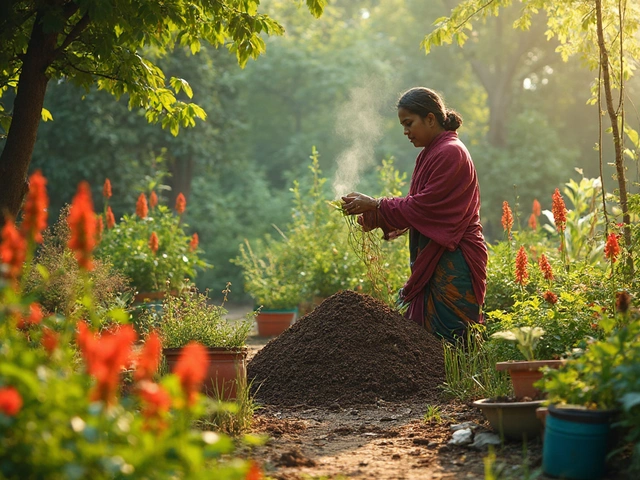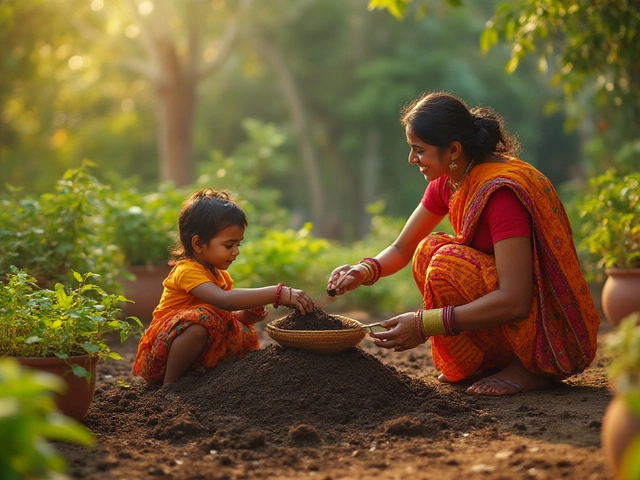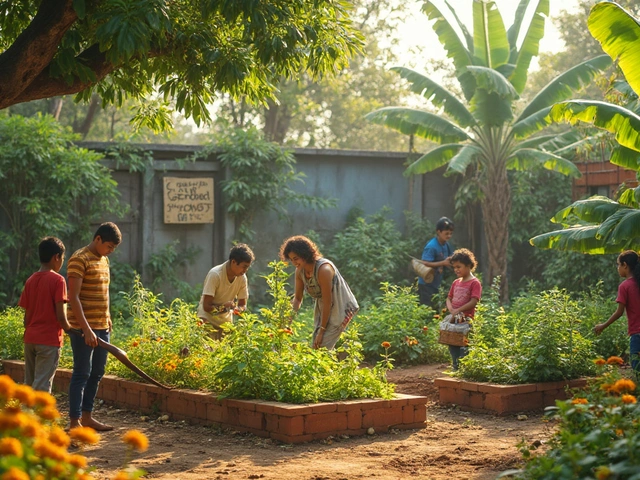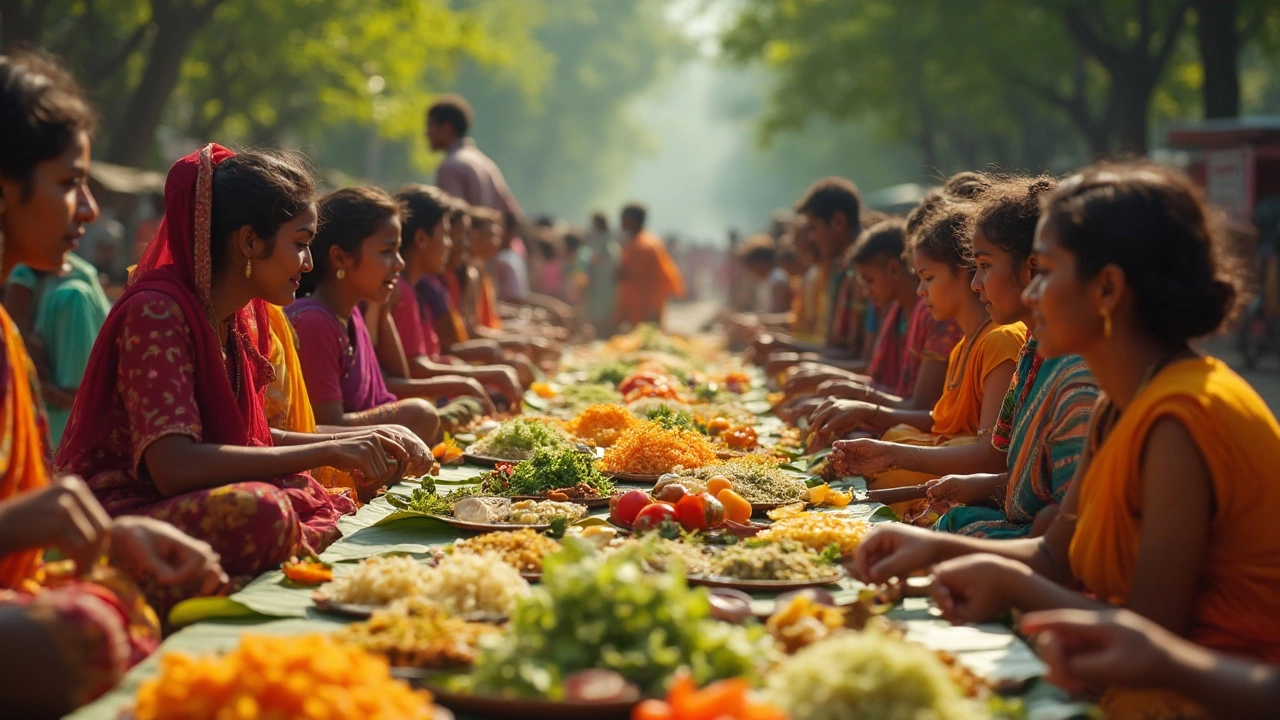Vegetarian Diet Made Simple for Indian Home Cooks
If you’re thinking about switching to a vegetarian diet, you’re not alone. More people in India are choosing plant‑based meals for health, money, or the planet. The good news? You don’t need a culinary degree to make tasty, balanced dishes. Below are real‑world tips you can start using today, whether you’re a total beginner or just looking to add more veggies to the plate.
Why Go Vegetarian?
First, let’s talk about the payoff. Vegetarian meals are naturally lower in saturated fat, which helps keep cholesterol in check. They’re also packed with fibre, vitamins, and minerals that support digestion and keep you full longer. In India, staple foods like lentils, beans, and millets already give you a solid protein base, so you’re not missing out on anything essential.
Beyond health, a vegetarian diet can save you money. A kilogram of potatoes or carrots costs far less than the same amount of meat, and you can stretch those cheap ingredients across multiple meals. Plus, growing your own herbs or sprouts adds freshness without extra cost.
Simple Steps to Start
1. Build a balanced plate. Aim for half the plate to be vegetables, a quarter to be whole grains (like brown rice, millets, or whole‑wheat chapati), and the remaining quarter for protein sources such as dal, chickpeas, paneer, or tofu. This simple ratio keeps you getting carbs, protein, and micronutrients in every bite.
2. Keep protein in mind. Many people fear they’ll lack protein, but a cup of cooked lentils gives about 18 g of protein—enough for most adults. Combine different legumes across the day (like rajma for lunch and moong dal for dinner) to cover all essential amino acids.
3. Use spices wisely. Indian spices are not just for flavor; they add antioxidants and aid digestion. Turmeric, cumin, coriander, and ginger work great in veg curries, soups, and stir‑fries. A pinch of asafoetida (hing) can cut the bitterness of leafy greens.
4. Prep smart. Spend a couple of hours on the weekend chopping vegetables, cooking a big batch of dal, and soaking beans. Store them in airtight containers, and you’ll have ready‑to‑cook components for fast meals during the week.
5. Add healthy fats. A drizzle of ghee, coconut oil, or a spoonful of ground nuts adds flavor and helps absorb fat‑soluble vitamins (A, D, E, K). Just keep portions reasonable—one to two teaspoons per meal is plenty.
6. Experiment with meat‑free alternatives. If you miss the texture of meat, try soy chunks, tempeh, or store‑bought paneer. They soak up spices well and can be tossed into biryanis, wraps, or salads.
Lastly, listen to your body. If you feel low on energy, boost iron intake with spinach, beetroot, or beet greens, and pair them with a vitamin C source like lemon juice for better absorption. Hydration matters too—drink water, but also include buttermilk or coconut water for electrolytes.
Switching to a vegetarian diet doesn’t have to be a massive overhaul. Start with one meat‑free day a week, then gradually increase. You’ll notice better digestion, steadier energy, and maybe even a lighter grocery bill. Keep these tips handy, try a new recipe each week, and enjoy the variety Indian plant‑based cooking offers.
Which Country Is 100% Vegetarian? Real Answers for Plant Lovers
People often dream of a country where everyone is vegetarian, but does such a place really exist? This article goes straight to the facts about vegetarian countries, especially focusing on India’s unique plant-based culture. Expect easy-to-understand insights, clear stats, and handy tips for vegetable gardeners and plant-based food fans. Discover why India stands out, what shapes its food choices, and clever ways to grow more veggies at home. Walk away with real knowledge, not just myths.
About
Vegetable Gardening
Latest Posts


How to Loosen Heavy Garden Soil: Simple Additives for Better Texture
By Alden Thorne Jul 30, 2025

Self-Sustaining Garden: How to Start One the Easy Way
By Alden Thorne Jun 18, 2025

Risks of Rice Business: Common Challenges and How to Avoid Them
By Alden Thorne Aug 3, 2025

